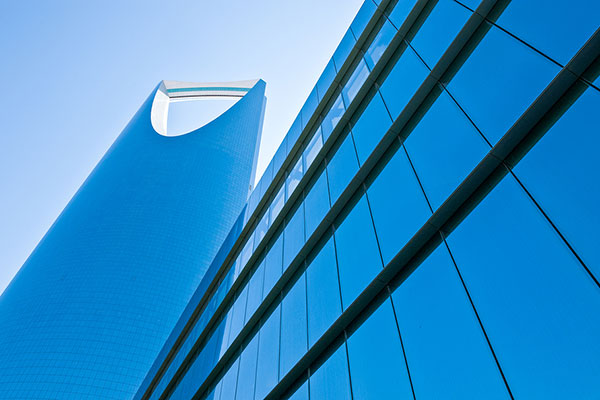
Saudi Arabia ‘set for improved deficit in 2018’
RIYADH, November 1, 2018
Saudi Arabia’s deficit of SR49 billion ($13 billion) during the first nine months of 2018 was less than the financing of SR52 billion obtained in the first half (H1) of 2018, said Al Rajhi Capital, a top financial services provider, in its Saudi Arabia: Q3 2018 fiscal update.
The financing during H1 was SR30 billion by internal borrowing and SR22 billion in terms of external borrowing, it added, noting that hence there was no funding required in Q3.
Overall the net borrowing remains at ~SR550 billion as compared to ~SR443 billion. The government expects deficit at 5 per cent of GDP in 2018 and further decrease to 3.7 per cent in 2021. In a nutshell, the deficit puts the government in a comfortable position to increase spending and clear payables by year-end.
Oil revenues inline: Q3 oil revenue was in-line with Al Rajhi’s expectation. This reaffirms that the surprise surge in oil revenue seen in Q2 2018 was more to do with timing of dividends paid by Aramco. Going forward, Al Rajhi believes this run-rate of oil revenue witnessed in Q3 could be the more normalized rate.
“Average Oil price in Q3 was $68.6/barrel and taking a month’s lag for oil prices and exports of 660 million barrels for Q4, we expect oil revenues at around SR610 billion for 2018,” the report said.
“At the start of the year, we estimated that average WTI oil prices need to be $65/barrel for the government to meet its oil revenue target and we are currently above this estimate (avg. YTD at $67.2/barrel and Q4 2018e at $70/barrel).”
Non-oil revenue continues to pick up: In-line with Government’s plan, taxes on goods and services, which includes oil product fees and excise tax on harmful products and VAT, more than tripled to SR83 billion, driving non-oil revenues up ~48 per cent y-o-y in 9M18.
Other revenues contributed SR85 billion (+9 per cent y-o-y, 9M18) which we believe includes proceeds from SAMA and PIF. The sequential decline in Q3 is more attributable to the seasonal nature of these investments depending on the income/dividends received.
Expenditure to be more balanced: So far in 9M 2018, the government has spent ~SR712 billion out of the SR1030 billion allocated (revised) for the year. This implies that ~31 per cent of the budgeted expenditure will be seen in Q4 2018.
“This balance is better than what we have seen in the past year, where around 38 per cent of the expenditure was realized in the fourth quarter. Looking closer into the expenditure mix, it was the subsidies/social benefits to Saudi nationals and salaries that took bulk of the expenditure,” Al Rajhi said in the report.
As seen from the budget press release, Health and Social development expenses (+46 per cent y-o-y for 9M18) along with Economic resources expenses increased the most (+116 per cent y/y for 9M18). Military expenses also increased by ~20 per cent y-o-y for 9M18 period.
The mix of expenditure implies that a good chunk of infrastructure is yet to be spent. As per the budget, only ~SR20 billion was spent on Infrastructure and Transportation as compared to the budgeted ~SR54 billion. – TradeArabia News Service







